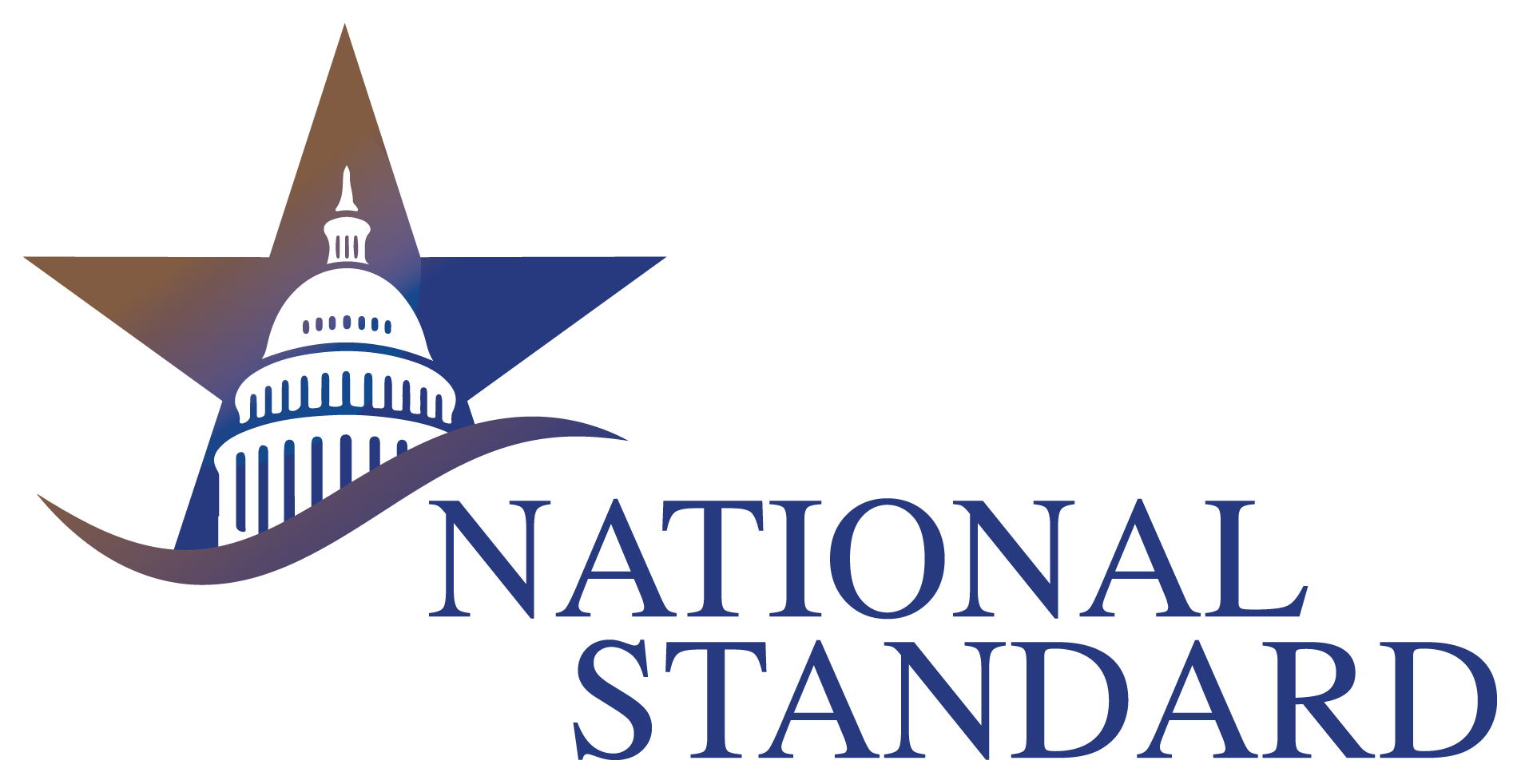
Russell Duke
Chairman of National Standard Finance, LLC
Global Sovereign & Infrastructure Investors
Credit and Liquidity Support Investors, bond buyers and lenders typically look for highly rated investment grade (BBB-/Baa3) cash generating assets to reduce the chances of losing money.
A common funding model uses credit enhancement products to reduce credit risk and subsequently obtain more attractive financing terms and interest rates.
For example, in Nigeria a properly structured transaction with a sound credit enhancement can reduce the loan interest rate by 50% or more. In such a case, the typical form of security is a guarantee from an investment grade rated corporate or sovereign entity sponsoring the project or other third party guarantees.
In some cases, such a guarantee could be a letter of credit issued or confirmed by highly rated international banks to provide liquidity and assurance that payments are not missed or delayed.
A bank letter of credit normally costs between 0.75% and 2.00% per annum depending upon the risk associated with the project and sponsors financial strength. Banks in all parts of the world commonly issue letters of credit.
International rating agencies such as Moody’s, Standard & Poor, Fitch and AM Best rate entities on the basis of how likely they are to default on their obligations. Investment grade is from BBB- to AAA ratings.
There are many factors determining these ratings depending on the type of entity. Most institutional investors concerned about risk place reliance on such ratings in selecting investments.
The Nigeria government’s rating is below investment grade presently which results in very expensive borrowing by the government. Nigeria is currently rated Ba3 by Moody’s. As of Friday 28, August a 10 year Nigeria government bond posted an interest rate yield of 15.92% per annum. In this case with a strong credit enhancement this rate could possibly be lowered to below 10% per annum.
Most infrastructure finance relies on the project cashflows as opposed to credit ratings as these are typically not rated. Some investors, in addition to requiring a project or entity to have quality cashflows to service the funding, credit quality and liquidity in the event of payment delays are also key considerations. Credit and liquidity enhancement can be achieved through a letter of credit.
This tends to lower costs of funding significantly compared to traditional project financing, and introduces flexibility in funding structures, including ability to do very long term loans and 100% funding into projects.
Such form of funding is important for accelerated and sustainable infrastructure investment. Letters of Credit as Security to Financing A letter of credit is an undertaking, usually on the part of a bank (the “issuer”) at the request of one of its customers, to pay a named beneficiary a specified amount of money in terms of conditions specified in the letter of credit.
Fundamental to a letter of credit transaction is that the undertaking of the issuer is independent of the obligations between its customer (the “account party”) and the beneficiary of the letter of credit, typically the account party’s vendor or lender.
It’s like an insurance policy issued by a bank in the event that the bank customer defaults on its financial obligation. Standby Letters of Credit (“SBLC”) are typically intended as security for the account party’s performance or payment obligations under its contract with the beneficiary.
SBLCs are not expected to be drawn upon except in the case of a default or breach by the account party. They function much like insurance policies that pay upon predefined events and claims.
On the other hand, commercial letters of credit are typically issued for the account of a purchaser and are intended to be drawn upon as the means of payment for the goods sold. These instruments are commonly used in short term trade finance.
One such instrument commonly used in infrastructure finance provides security such that it will be drawn upon by the beneficiary in the event of default or delayed payments.
The full amount covered is never intended to be drawn in full at once and this is usually reflected in the wording .Although the full amount must be stated in the instrument, it must only cover shortfalls and missed payments.
Such instruments provide credit enhancement for debt or financial obligations including leases, payment contracts and are issued for the account of the borrower for the benefit of the lender or credit provider, or a third party trustee for the creditors/lenders.
This will prevent a loan or financial obligation from technically going into default. They provide the primary source of payment of the principal and interest on the debt. Because the credit of the bank issuing such an instrument is better than that of the borrower, the borrower is generally able to obtain a significantly lower interest rate, long term loans and more flexible financing terms.
This type of letter of credit is more appropriate in project and infrastructure financings, government supported financings and by large multinational corporations and non-profit institutions.
International Financing with Letter of Credit Support Letters of credit are long standing proven banking instruments for institutional financial transactions in the United States and North America for more than three decades, especially with government, complex project financings and municipal financings.
With this long history, most law firms and major institutional investors in North America have a strong understanding of letter of credit backed financing.
A well-structured instrument would shield the investor from bankruptcy by the borrower. This allows the investor to receive a shadow rating of the financing equal to the letter of credit issuing bank, and not only placing reliance on the underlying credit for the project or borrower.
This means the transaction will carry a strong investment grade credit rating. This is called credit substitution, and also adds liquidity to the underlying financing transaction to ensure that scheduled repayments are made timely to avoid default. For foreign investors, this eliminates concerns related to underlying credit and political risk affecting collections.
Such instruments are typically structured in such a way that the issuing bank is entitled to a first lien over the client’s assets and guarantees to protect their position giving them complete control over the client’s assets and cash flows.
The issuing bank would typically sign a reimbursement agreement with the client so that they are repaid any amounts that might have been drawn under the instrument to cover any shortfalls or missed payments.
Apart from North America, Credit enhancement and substitution on bonds backed by letters of credit is increasingly being used in Asia as explained in some reports from Moody’s Investors Service with many large Chinese banks participating in the issuance of letters of credit to back bonds.
In the whole of 2013, seven such bonds rated by Moody’s were issued. Such issuance increased with 6 such bonds being issued in the first half of 2014 alone.
In prior years, in the US market alone more than US $70 Billion per year in similar transactions have been completed for debt and lease based financings of institutional financial transactions.
National Standard Finance (“NSF”) uses letter of credit backed funding model for some of its investments into Africa as a way to manage credit risk, political risk and currency risk. Capitalized by a consortium of large North American financial institutions and some of the world’s leading global investment banks with combined financial assets exceeding well over US $2 Trillion, not including government finance agencies and Sovereign Wealth Funds relationships, NSF has the financial backing to tackle the most complex and challenging large financial transactions.
NSF’s capital partners include global financial market titans, Wall Street institutions along with more than 50 different insurance and pension fund investors.
Today, over 80% of NSF’s new investments and transactions are outside the United States. In the past, NSF has been focused on mostly real estate and energy related transactions. Presently the focus has been modified to larger infrastructure assets and sovereign/sub-sovereign supported financial transactions.
This has resulted in rapid expansion and growth into many new international markets and a growing capital base, of which Africa is one of the key markets where significant growth is expected in the years to come.
Russell Duke is Chairman & Managing Principal at National Standard Finance, LLC. Mr. Duke can be reached at RDuke@NatStandard.com. Michael Tichareva is Principal & Managing Director of Africa operations at National Standard Finance, LLC. Mr. Tichareva can be reached at MTichareva@NatStandard.com. The website can be accessed here: www.NatStandard.com

